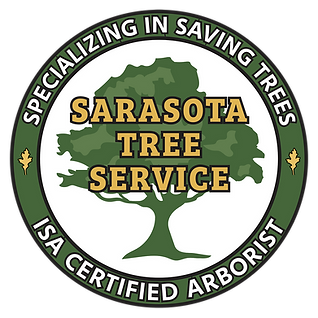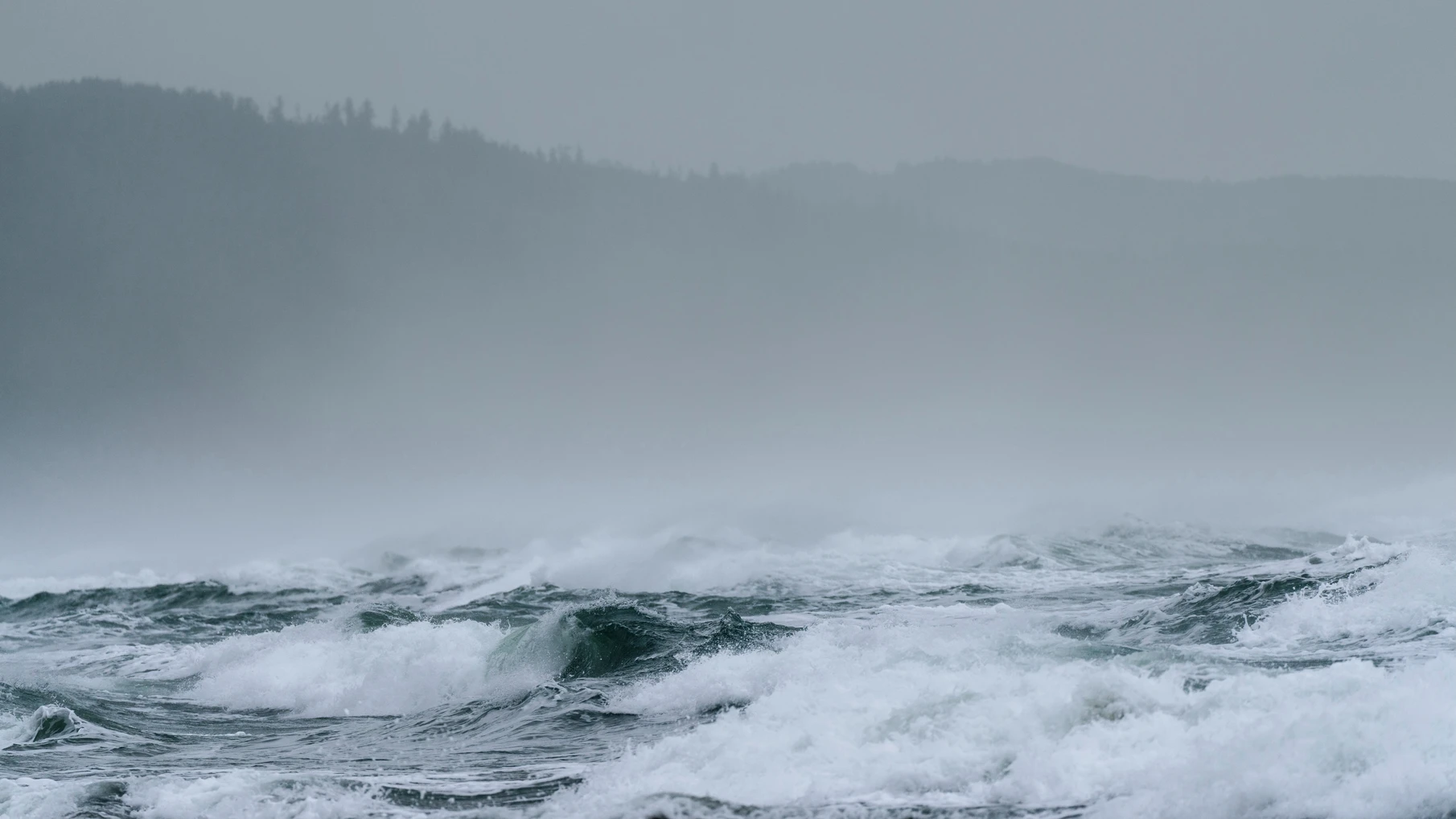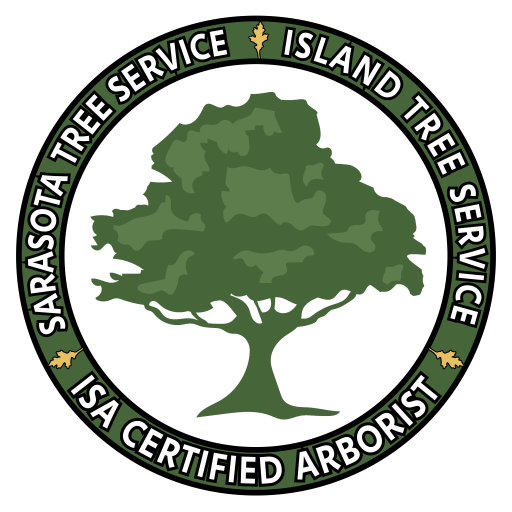
How Can Hurricanes Affect Trees And Shrubs In Florida?

Hurricanes can have significant impacts on trees and shrubs in Florida due to the combination of strong winds, heavy rainfall, and storm surge. Here are some ways hurricanes can affect trees and shrubs:
Wind damage: The strong winds associated with hurricanes can cause severe damage to trees and shrubs. High-speed winds can break branches, uproot entire trees, or cause them to lean or fall. Trees with weak root systems, compromised structure, or inadequate pruning are especially vulnerable.
2. Flooding and waterlogging: Hurricanes often bring intense rainfall, leading to flooding and waterlogging of the soil. Excessive water can saturate the roots, depriving them of oxygen and leading to root rot or suffocation. Prolonged waterlogging can cause trees and shrubs to decline or even die.
3. Soil erosion: Storm surges and heavy rains can result in soil erosion, especially in coastal areas. The erosion can expose tree roots, destabilize the soil around them, and increase the risk of uprooting or toppling during the storm or in subsequent events.
5. Debris impact: Flying debris, such as branches, projectiles, or fallen structures, can cause physical damage to trees and shrubs during a hurricane. The impact can break branches, strip bark, or cause wounds that may lead to disease or pest infestation.
6. Soil compaction: Heavy rainfall and the movement of heavy equipment during hurricane cleanup efforts can lead to soil compaction around trees and shrubs. Compacted soil restricts root growth, limits nutrient and water uptake, and negatively affects overall tree health.
7. Disease and pest outbreaks: Hurricanes can weaken trees and shrubs, making them more susceptible to diseases and pest infestations. Wounded or stressed plants are particularly vulnerable to opportunistic pathogens and pests that may take advantage of the damaged or weakened state.
To minimize the impact of hurricanes on trees and shrubs in Florida, consider the following:
Plant wind-resistant species that are better adapted to hurricane-prone regions.
Regularly inspect trees and shrubs, and address any structural issues or signs of disease before hurricane season.
Prune trees to remove dead or weak branches that can pose a hazard during high winds.
Mulch around trees and shrubs to improve soil structure, retain moisture, and prevent erosion.
Avoid planting trees or shrubs in flood-prone areas, especially those sensitive to waterlogging.
Install tree supports, such as cables or braces, for large or vulnerable trees to improve stability.
After a hurricane, carefully assess and remove fallen or damaged trees to prevent further hazards and promote recovery.
Consulting with a certified arborist or tree care professional can provide tailored advice and guidance on preparing trees and shrubs for hurricanes and managing their recovery after the storm. Contact Sarasota Tree Service today at (941)484-1958 to set an appointment or visit www.sarasotatreeserv.com for more information
